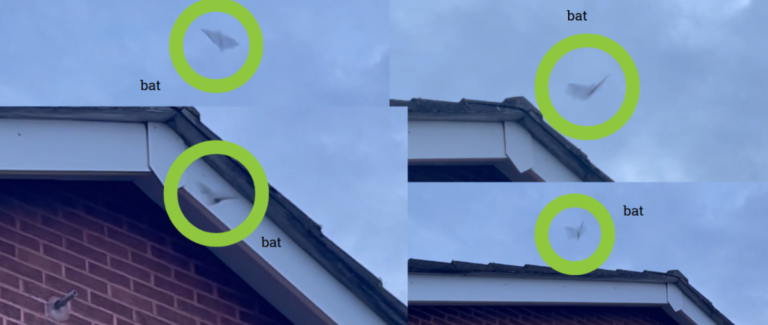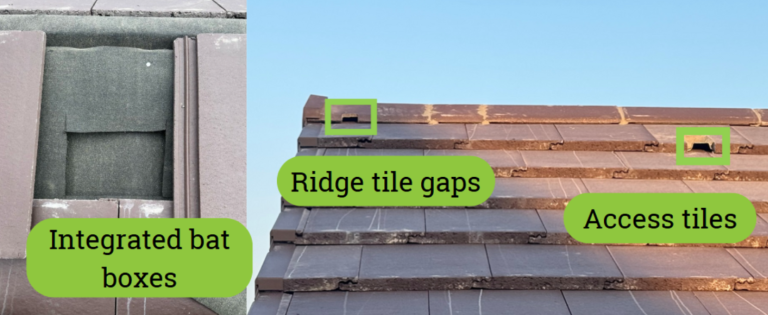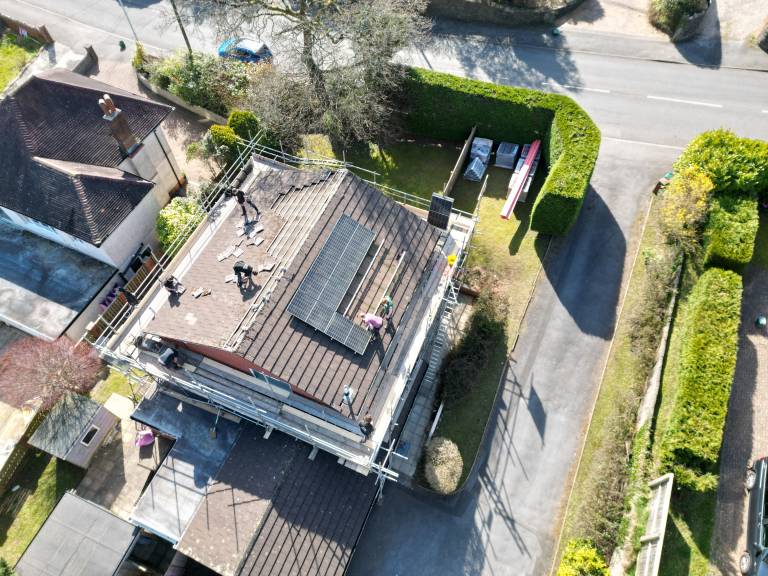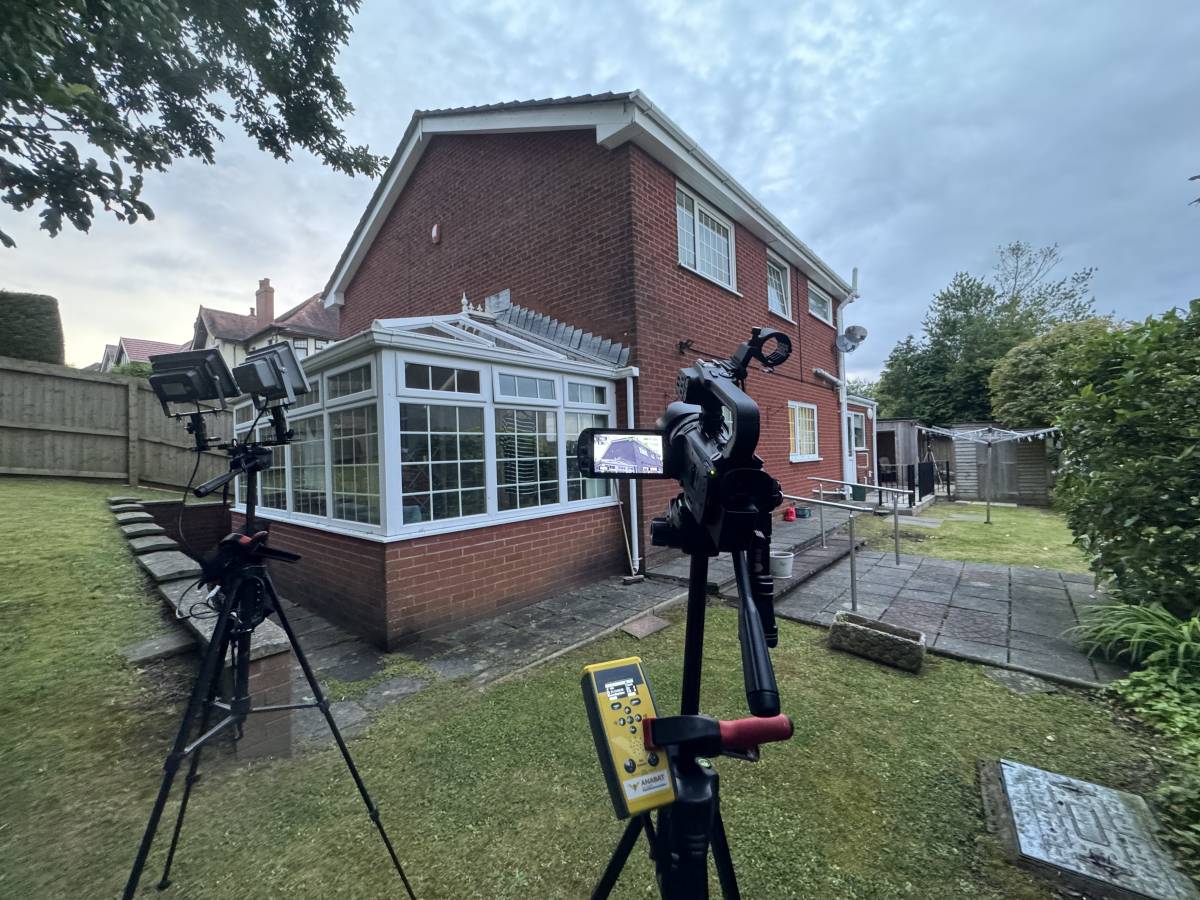Bat Survey - Killay, Swansea
A Delicate Balance: Supporting Bats and Residents in Harmony
Since August 2023, we’ve been working on a unique project that highlights the delicate balance between supporting wildlife and human wellbeing.
Most of the time, people aren’t even aware they have bats roosting in their homes. Bats are experts at finding tiny spaces—like gaps under roof tiles, cracks in brick or stonework, and other unnoticed crevices—to set up their roosts. They’re quiet, clean, and don’t cause damage, so they often go unnoticed. Occasionally, however, a bat might accidentally make its way into the living areas of a house. When this happens, the bat is as startled and distressed as the homeowner! (If you find a bat in your home, check out [This blog] for advice on what to do).
In this case, the bats briefly entered the residential parts of the home before quickly retreating to their roost. Although this was an isolated incident, it caused significant distress to the residents, prompting a need for action.
Bat surveys
During our initial building inspection, we discovered hundreds of bat droppings in the loft space, which confirmed this building was definitely a bat roost. When we find bat droppings, we always collect samples to send for DNA analysis. This tells us what species of bat are present. In this case, we discovered that this was a roost for common and soprano pipistrelles, which are very often found roosting in buildings.

Following this initial inspection, we completed two dusk emergence surveys, where we stand outside the building with cameras and wait for bats to come out at night to forage. Sound analysis of the bat calls we recorded also helped us identify that there were only common and soprano pipistrelles present. Throughout these surveys, we counted a maximum of 29 bats emerging, and 13 bats re-entering through the same point - a gap under a soffit. The behaviour of re-entering a building before sunrise tells us that we are observing a maternity roost, as the mothers are going back to the roost to feed their babies.

Now that we know everything we need to know about this bat roost - we know what species are present (common and soprano pipistrelles), what type of bat roost is present (maternity), how many bats are present (approximately 29), where they are roosting (loft space), and how they are entering the roost (through the gap under the soffit).
Using this information, we could go ahead and apply for a bat licence.
Understanding Bat Licences
Applying for a bat licence might sound intimidating, but it’s essentially a legal way to carry out activities that would otherwise be prohibited under wildlife protection laws. Bats and their roosts are strictly protected, meaning it’s illegal to destroy a roost. However, a Protected Species Licence allows for the legal destruction of a roost as part of a development project, provided an equivalent or better roost is created to replace it.
This project was a bit different. There was no planned development work; instead, the licence application focused on permanently excluding bats from the residential areas of the building to protect the mental health and wellbeing of the residents. We consulted with Natural Resources Wales to develop a mitigation plan that meant that the bats would not lose their roost. This involved installing ridge tile gaps for bats to roost under, purpose building bat boxes that integrated perfectly with the roof with access tiles above them to allow bats to enter. This safely ensured that bats did not lose this impressive roost, whilst efficiently excluding them from the residential areas of the building, allowing residents peace of mind.

Finding Balance
Once we had our licence from NRW, we were on site to supervise a soft strip of the roof. This method allows us to spot any bats that may be present at the time of the development, and safely remove them, transferring them to a bat box on site until the evening where they can fly away and choose a new roosting area. Once the roof was off, a new one was installed with all the mitigation we agreed on with NRW built into it.

By balancing the needs of both humans and wildlife, we aim to create a solution where everyone thrives—because at Grounded Trees & Ecology, we care deeply about our clients and the natural world alike.
Have you been asked for a bat survey? Contact us to see how we can help, or use our online form to get a quote.




